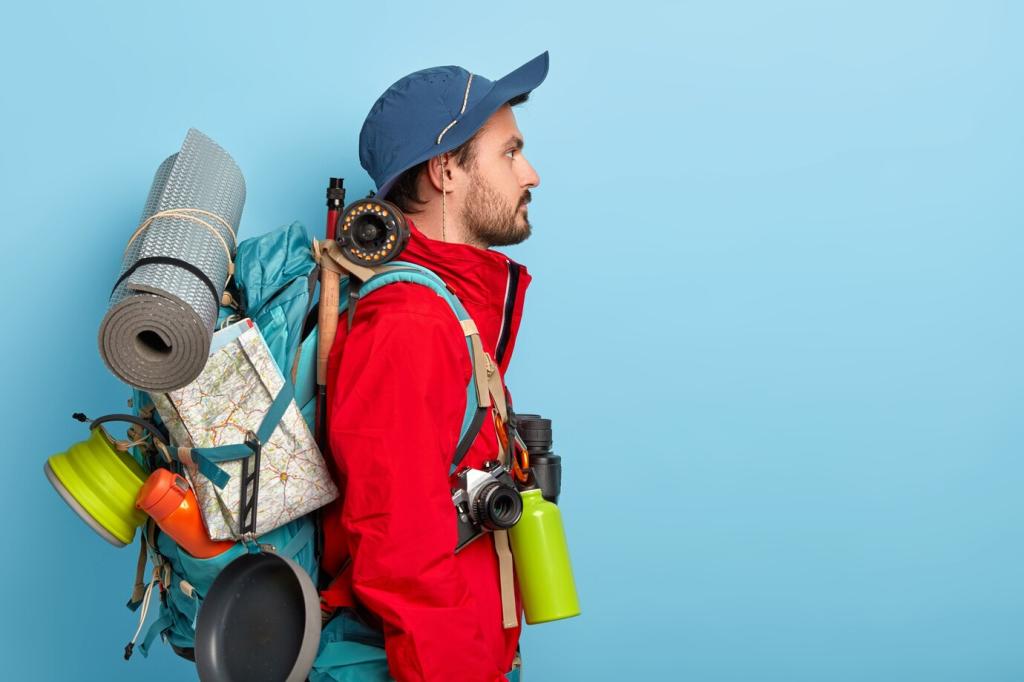
Essential Fall Mountain Hiking Gear: Step Into Crisp Peaks With Confidence
Chosen theme: Essential Fall Mountain Hiking Gear. As leaves blaze and daylight shortens, we’ll guide you through a dialed kit that keeps you warm, dry, and smiling above the treeline. Share your favorite autumn setups and subscribe for weekly trail-tested tips and stories.
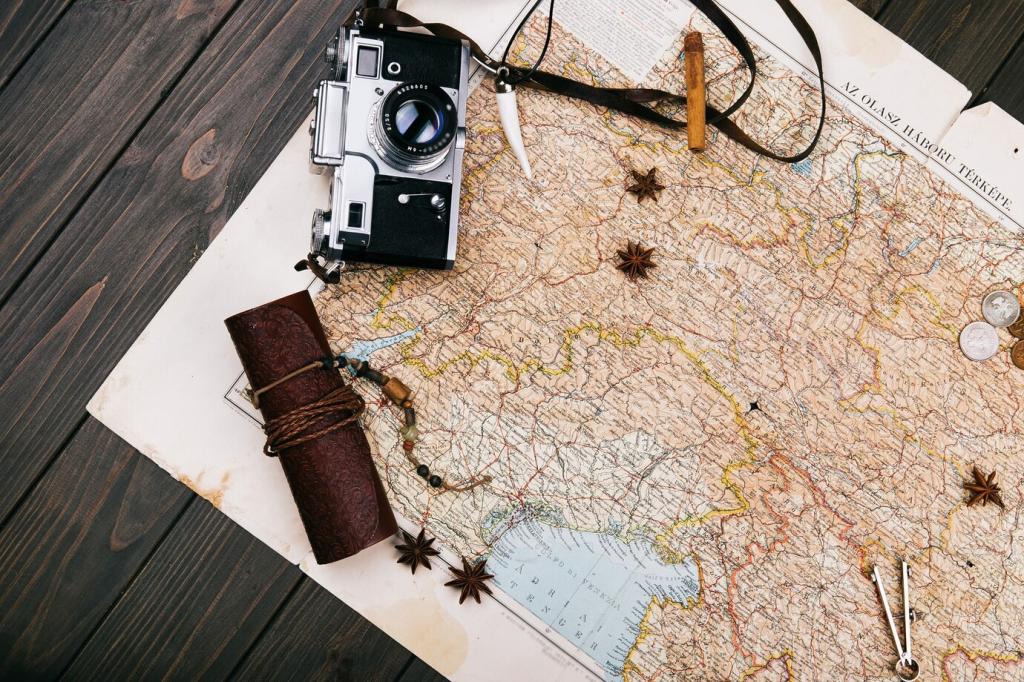
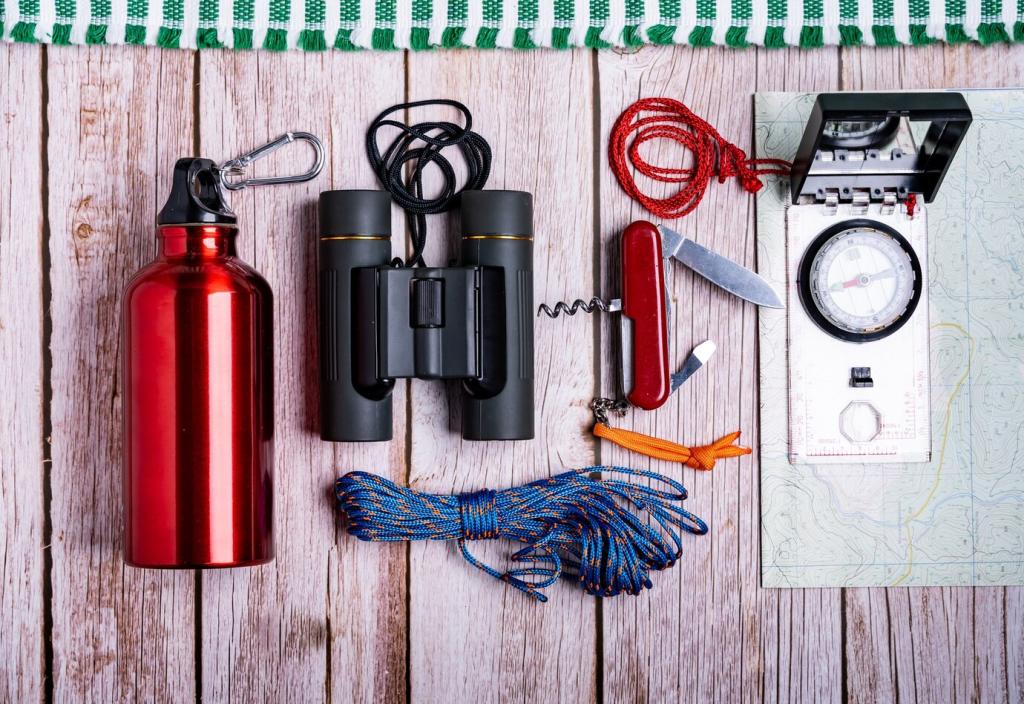
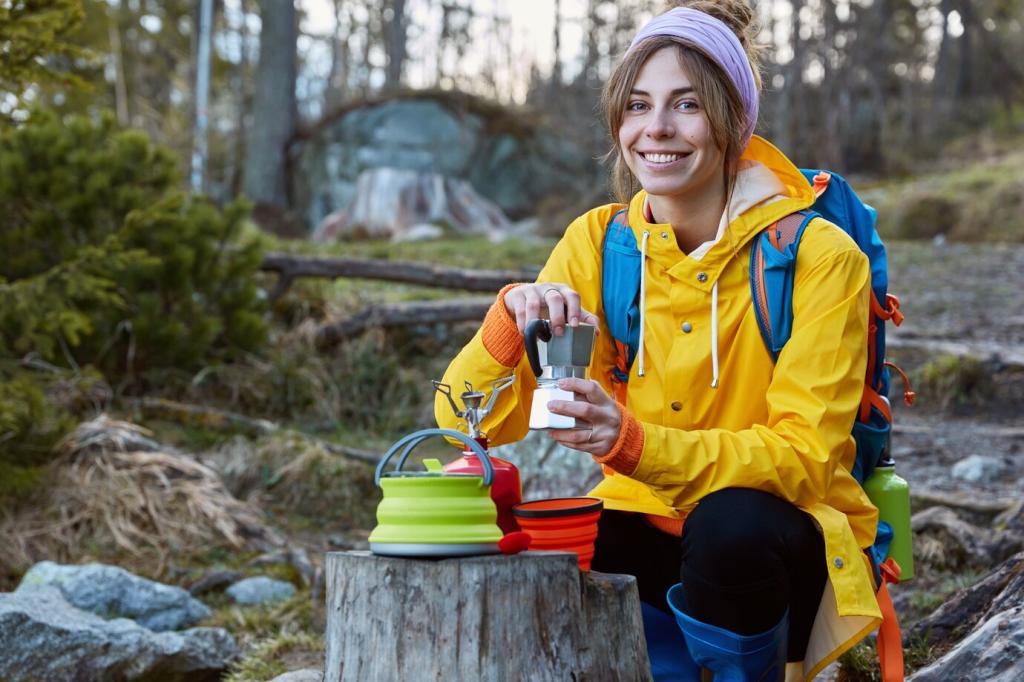

Look for grippy rubber, multidirectional lugs, and supportive ankles. A waterproof-breathable membrane helps when morning frost melts into rivulets. After a sleety traverse on Flagstaff’s shoulder, boots with firm heel cups and rockered midsoles saved our toes and knees on the long descent.

Midweight merino socks cushion and resist stink, while liners reduce friction on steep grades. Pair with ankle or mid-calf gaiters to block debris and drizzle. On a maple-carpeted trail, gaiters kept soggy leaves out, and our feet stayed warm enough to linger at the viewpoint.
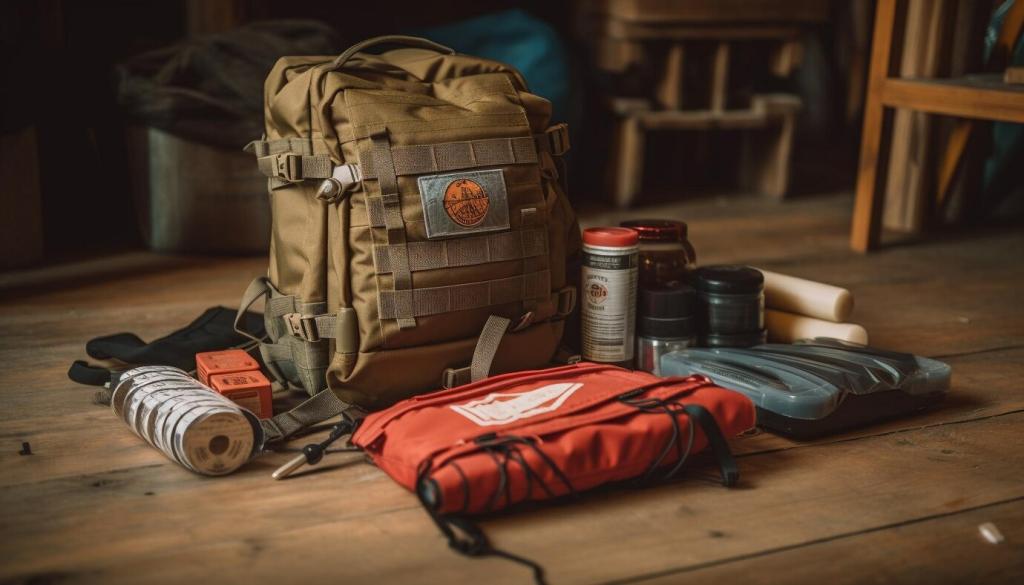
Early shade hides thin ice on bridges and shaded switchbacks. Pack microspikes that fit your boots securely and practice putting them on with cold fingers. That five-ounce safety net turned a sketchy creek crossing into a confident step, letting us reach the sunlit ridge on time.
Navigation and Short-Day Strategy
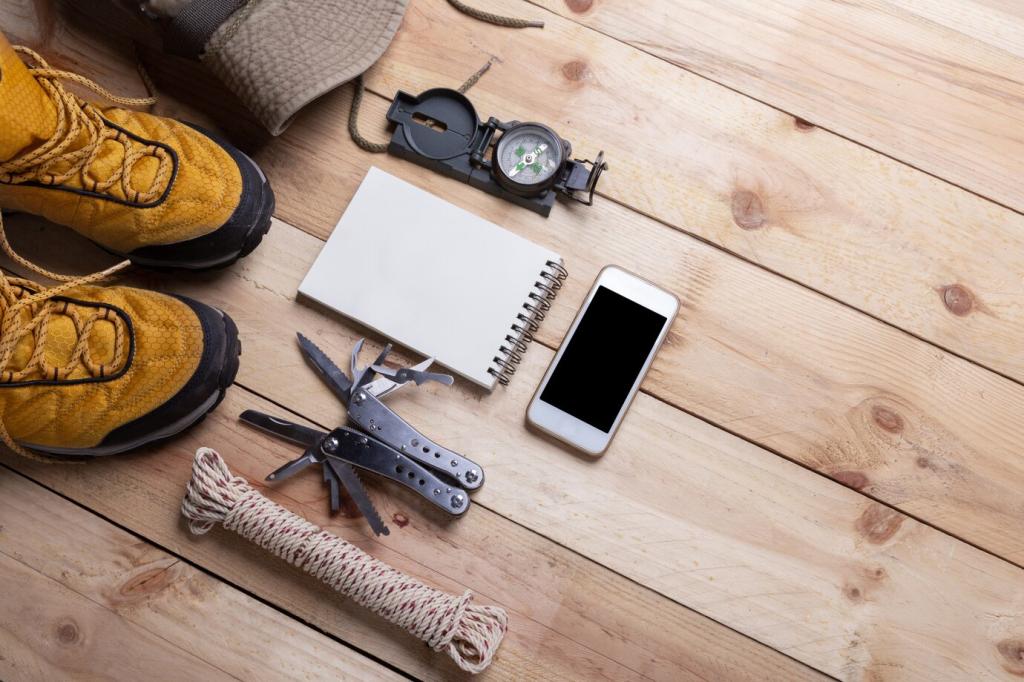
Maps, Compass, and Offline GPS Backup
Download offline maps, carry a paper topo, and keep a simple compass handy. Cold saps phone batteries, so redundancy matters. We once dodged a fog bank by following a hand-drawn bearing to a sheltered spur—proof that analog skills still shine when screens dim.
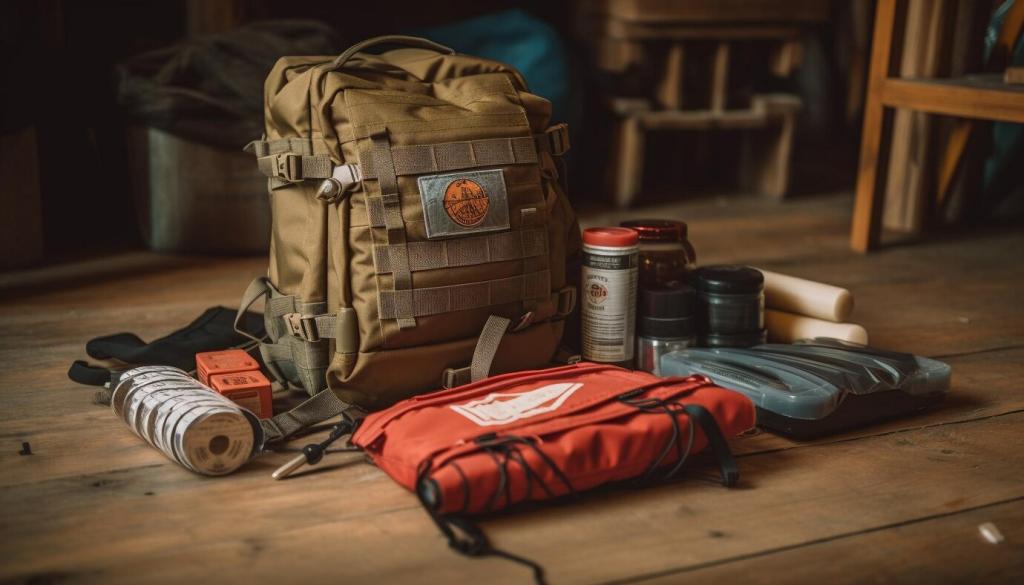
Headlamps: Brightness, Batteries, and Backup
Bring a 300–400 lumen headlamp with a wide beam and red mode, plus spare lithium batteries for cold tolerance. A tiny backup lamp weighs little yet saves the day. Dusk caught us during a photo stop, and that backup light kept morale high all the way to the trailhead.
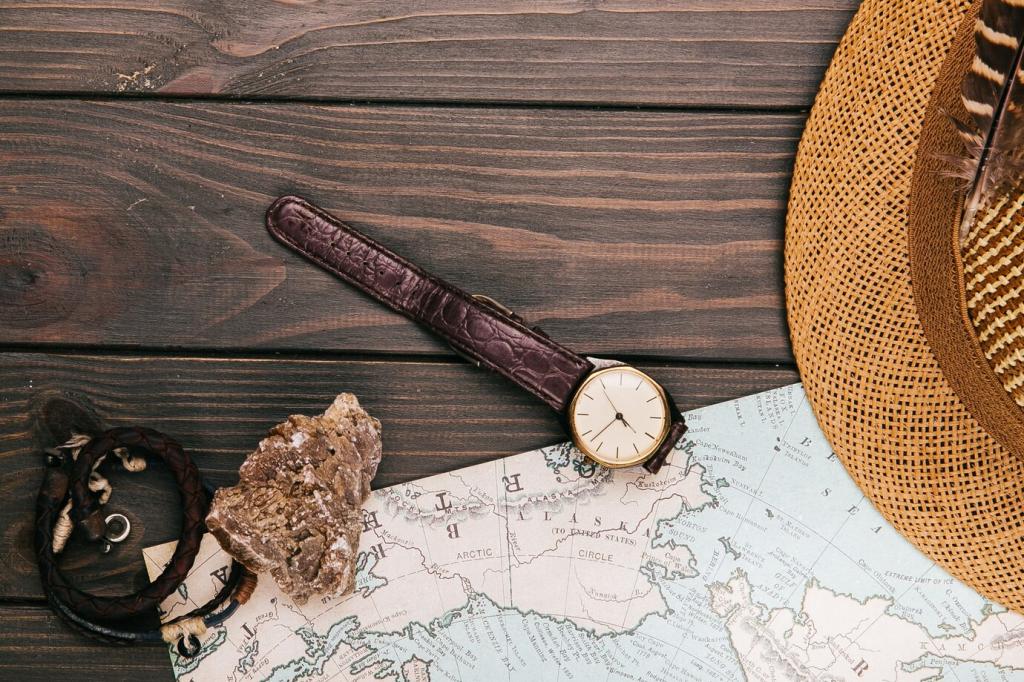
Route Planning Around Weather Windows
Check multiple forecasts, pick a firm turnaround time, and note bail-out options. Start earlier than summer, and budget photo and layer-change breaks. Tell a friend your plan and share it here; we’ll feature clever itineraries that make the most of crisp mornings and calm afternoons.
Safety and Emergency Essentials for Autumn Elevation
First Aid Tuned for Fall Mountains
Include blister care, elastic bandage, tape, gauze, and a hypothermia card with early warning signs. Add anti-inflammatories and a small irrigation syringe. In October, quick blister treatment at mile three kept a partner moving, sparing us a cold wait and a headlamp finish.
Emergency Shelter and Heat Sources
Pack a heat-reflective bivy, lightweight tarp, and a foam sit pad to insulate from cold ground. Hand warmers and a windproof lighter are tiny yet mighty. When sleet pinned us below a pass, a tarp windbreak and bivy preserved warmth until the squall spun away.
Communication and Signaling That Works
A satellite messenger or PLB complements whistle and signal mirror. Preload emergency contacts and weather updates. We once nudged a delayed pickup with a preset check-in, turning anxiety into calm. Share your messaging setups so others can refine their fall communication plan.

Weather Wisdom and Microclimate Awareness
Check summit-specific winds, freezing levels, and dew point, not just valley temps. Compare multiple models for confidence. When a model hinted at midday gusts, we flipped our loop and cruised down a sheltered drainage instead, staying warm while the exposed ridge howled.
Weather Wisdom and Microclimate Awareness
Carry a true wind shell, a snug hood, and goggles or glasses if spindrift threatens. Seal cuffs and hem, and avoid cotton gloves that chill fast. Tucking behind krummholz for a five-minute warmup turned a punishing headwind into a manageable push to the next saddle.
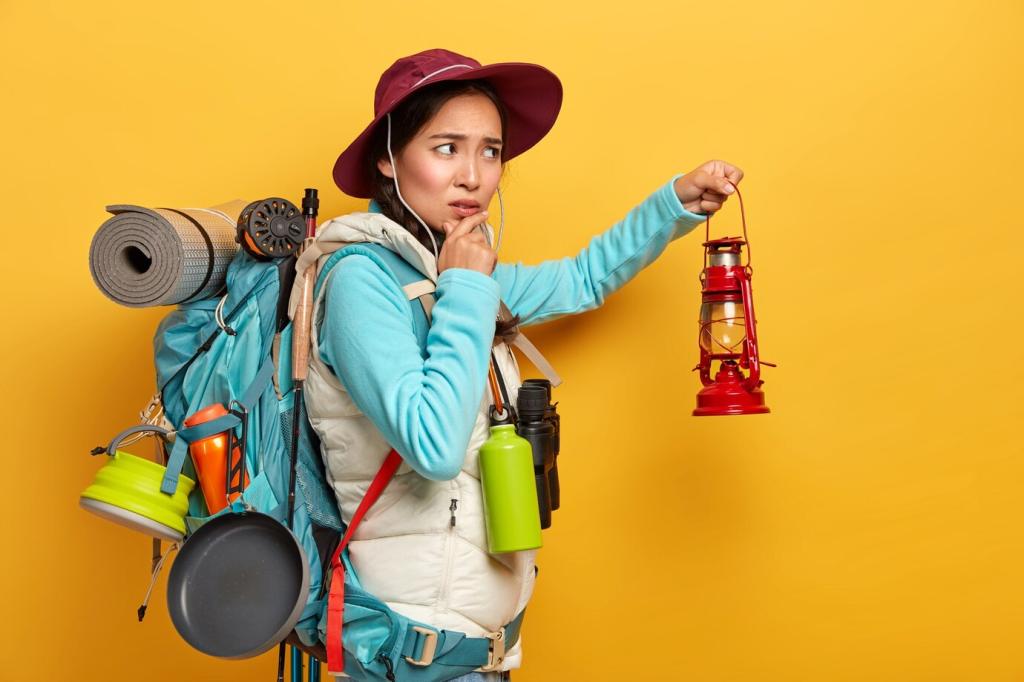
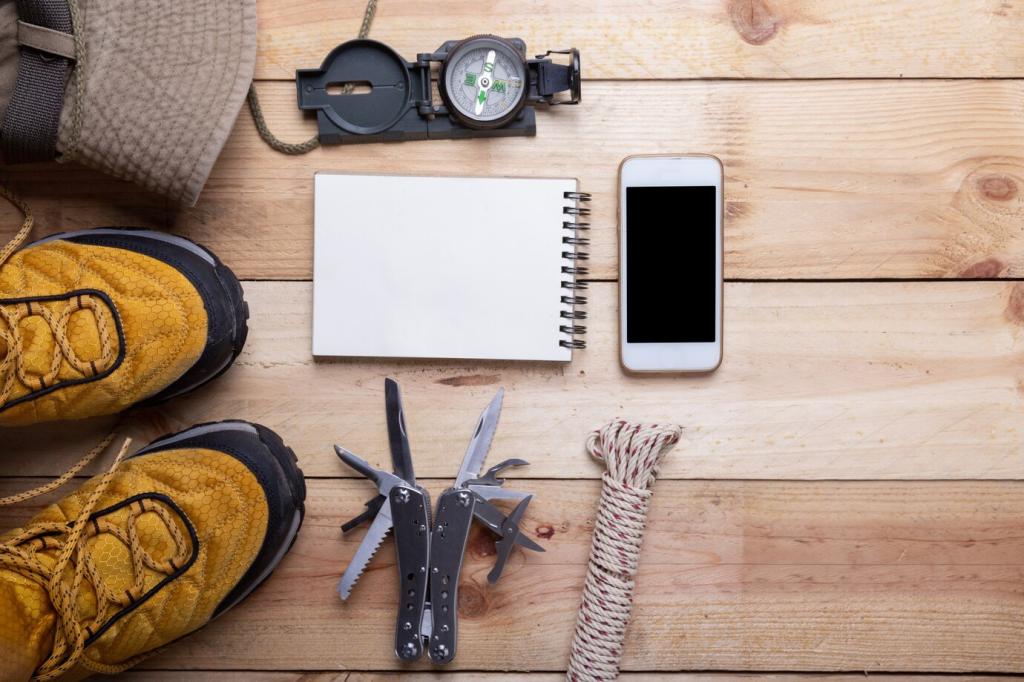
Packs and Smart Organization for Shoulder Season
Fall layers add bulk, so pick a pack with enough liters and a supportive hip belt. A light frame sheet helps carry microspikes and extra insulation. We found 24–30 liters ideal for day missions, with room for a compact shelter and a robust first-aid kit.
Packs and Smart Organization for Shoulder Season
Line your pack with a waterproof liner or a sturdy compactor bag. Use small dry bags for spare gloves and insulating layers. Mesh pockets drain, but they soak fast in brush. After a surprise shower, our dry mid-layer felt like a miracle at the breezy overlook.


Little Extras That Make a Big Difference
Handwear and Headwear: Small Items, Huge Comfort
Pair thin liners with windproof shells, and carry a warm beanie or brimmed cap for low sun. Pack a spare glove set—inevitable when one escapes at a windy pass. This tiny redundancy turned a near-miserable descent into a crisp, chatty stroll through amber aspens.
Eye and Skin Protection in Low Sun
Polarized sunglasses help spot icy sheen on granite, and broad-spectrum sunscreen still matters. Cold wind cracks lips, so carry balm. We’ve ended days less fatigued just by cutting glare and windburn, staying attentive for route-finding rather than squinting into brilliant valleys.
Trekking Poles, Cameras, and Leave No Trace
Trekking poles with small snow baskets bite through leaves and shallow slush. Secure your camera for quick grabs without dangling straps. Pack out peels and cores—wildlife notices. Share your best photo setups and LNT habits that keep autumn trails pristine for everyone.
